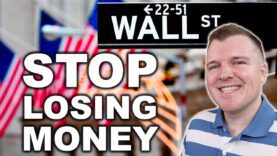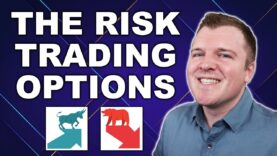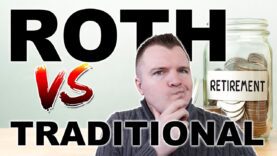The RISK of Trading Options – Options Trading Explained
Video Summary
In today’s discussion, we’re going to break down the math of buying call and put options. Jake argues that buying call and put options is not a good idea, and instead, believe that selling these contracts is where the real money is made. Let’s use Starbucks as an example. Let’s say we think the share price will go up to $110 in the next two months. We can buy a 70-day call option with a strike price of $105 for $445. Jake of the option is bidding $440 and the ask is $455, and we’ll take the mid-price of $445. If we buy this contract, we can’t exercise it and it would not make sense to do so. Even if we were at the expiration date, the contract is out of the money and there is no intrinsic value. The value of this contract is $445, which is 100% extrinsic value. The break-even point is when the stock price reaches $109.45, which means Starbucks needs to go up 4.78% in the next two months. Jake believes this is not a good investment.
Jake then breaks down the possible scenarios when buying a call contract, including losing money if the stock price goes down and losing money even if the stock price stays the same. He also compares this to buying 100 shares of the stock, which would allow for less loss potential. Jake then moves on to discuss buying put contracts, which have a similar analysis.
Jake concludes that buying call and put options is high-risk and high-reward, but notes that time decay and implied volatility make the contracts less valuable over time. He argues that selling call and put options is where the real money is made and will discuss this in future videos.
























